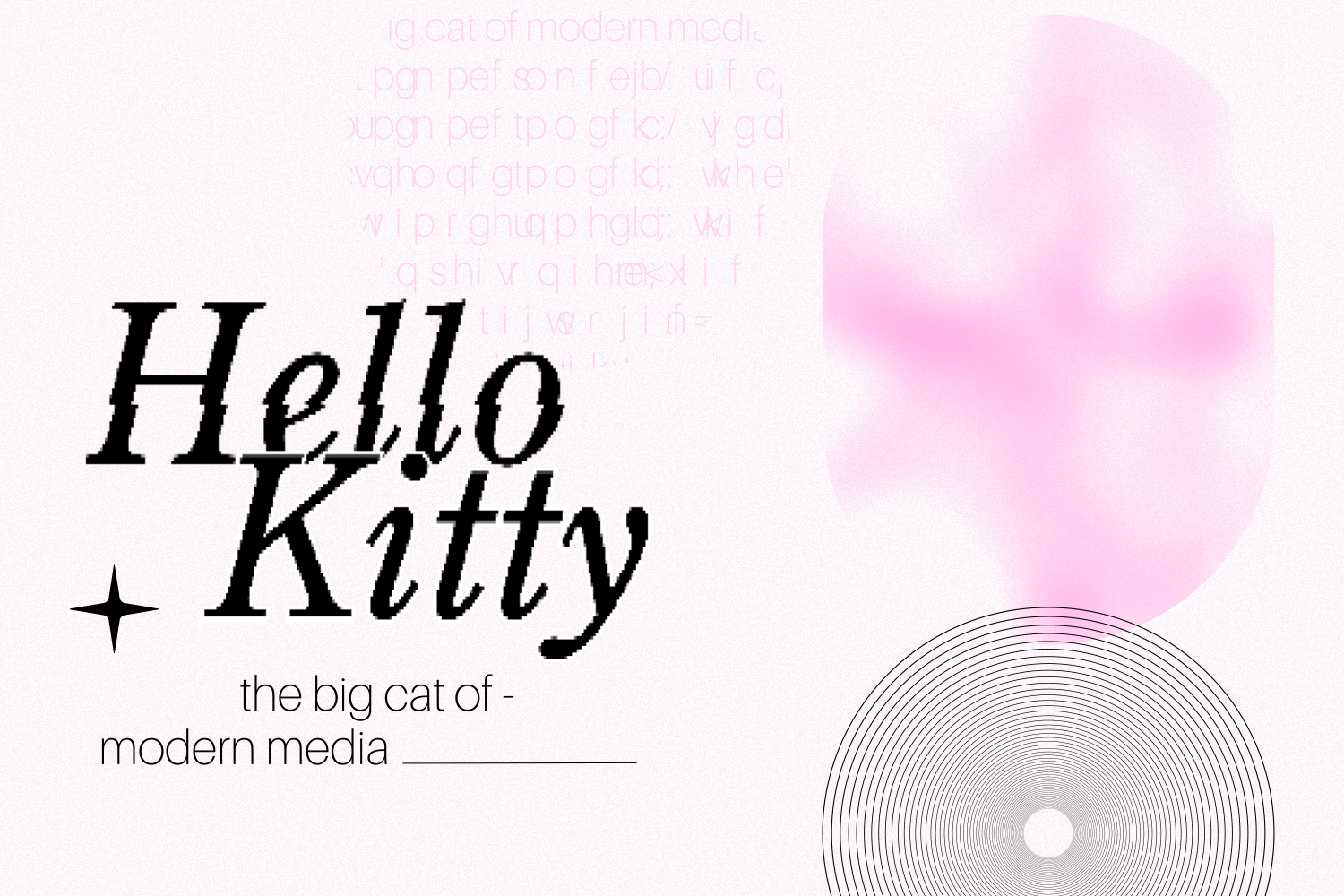Her full name is Kitty White, but you probably know her as Hello Kitty. Her height is equivalent to five apples and her weight is equivalent to three. She was born in the suburbs of London. Her hobbies include piano, tennis, origami, studying world cultures, baking, and collecting tiny stars and ribbons, among other things. Her favorite food is, of course, Mama’s homemade apple pie. These are just a few known facts about the global icon, Kitty, the face of the world’s second most valuable media franchise and the Japanese kawaii movement.
Originating from Japan, kawaii culture is a product of the seventies. The trend provided a form of escapism from academic and social pressures for Japanese teens. The Japanese term, “kawaii”, literally translates to “cute.” It began with students using handwriting in school that resembled the penmanship of a child. They would incorporate endearing symbols like hearts, stars, and cartoons. This form of writing served as a form of rebellion against the rigidness of academics in Japan. Schools started to ban this writing style, but by the time they did, the kawaii style had already caught on and spread rapidly. When students could no longer express themselves through their handwriting, they incorporated cuteness into other aspects of their lives, especially fashion. Many companies started to notice that cuteness was in and naturally capitalized off of it. Before long, products from stationery, to clothes, to everyday household objects were becoming kawaii. Eventually, not only teens but also adults were engaged in kawaii culture to relieve themselves of adulthood’s social and financial pressures.
Amid the kawaii movement, Japanese designer, Yuko Shimizu, introduced Hello Kitty to the stationery company, Sanrio in 1994. With Japan’s growing economy, Hello Kitty merchandise was financially accessible to most Japanese children. With the right economic conditions and the kawaii culture in full swing, Hello Kitty’s popularity grew almost instantaneously. As of 2022, she is worth about 84 billion dollars, placing her above Mickey Mouse. One of the things that made Hello Kitty so famous was the versatility of the franchise. Hello Kitty is a popular theme for toys, games, clothing, and even larger entities like cafes and theme parks. In 1987, the show, Hello Kitty and Friends, aired for the first time. This was a turning point for the franchise that led to another massive boost in sales. The key factor contributing to this was that for the first time, people got to know Hello Kitty’s friends. Each friend of hers has a unique personality and style, making it easy for anyone to find a character to identify with. Adding Kitty’s friends to the lineup was not only a smart marketing strategy but also helped culminate the true message that Hello Kitty is meant to spread.
Aside from smart marketing and good timing, Hello Kitty is popular. She is a comfort character and a role model. In the wise words of Kitty White, “You can never have too many friends.” This motto is what Hello Kitty is all about. It is easy to be caught up in the pressures of growing up. Hello Kitty’s accessibility to all age groups combats this by asserting that it’s ok to let out your inner child sometimes. According to Sanrio, she is a “bright little girl with a heart of gold.” Kawaii culture is about embracing a childlike aesthetic but Hello Kitty takes it to the next level by teaching you to embrace your inner child’s heart.
Words by Mishi Ali.
Graphic by Danna Macias.

